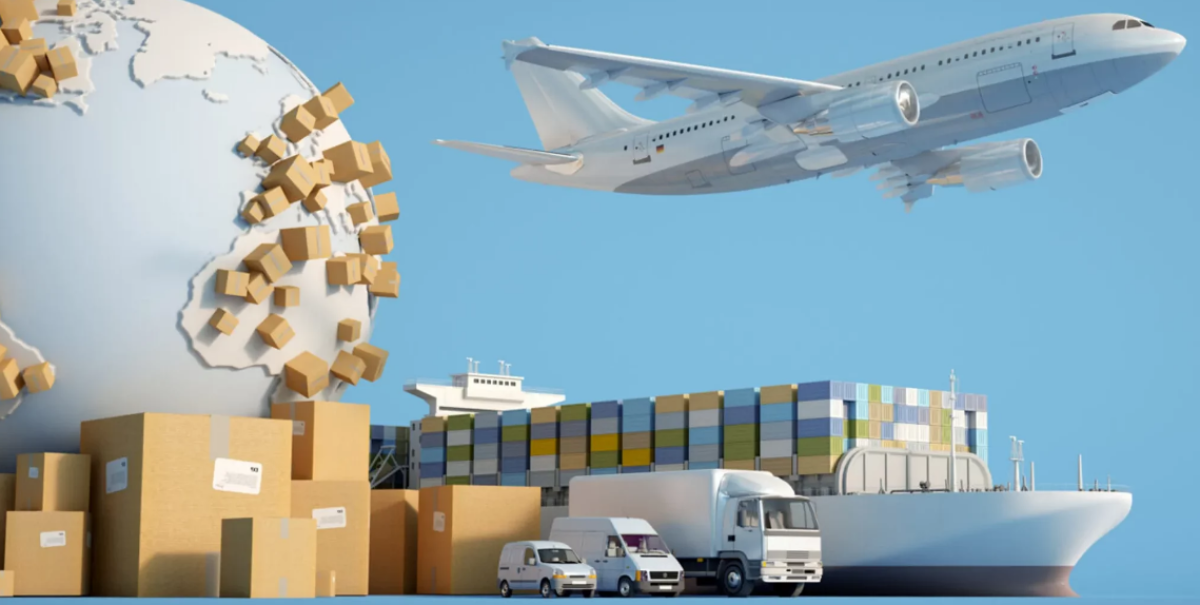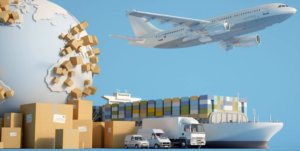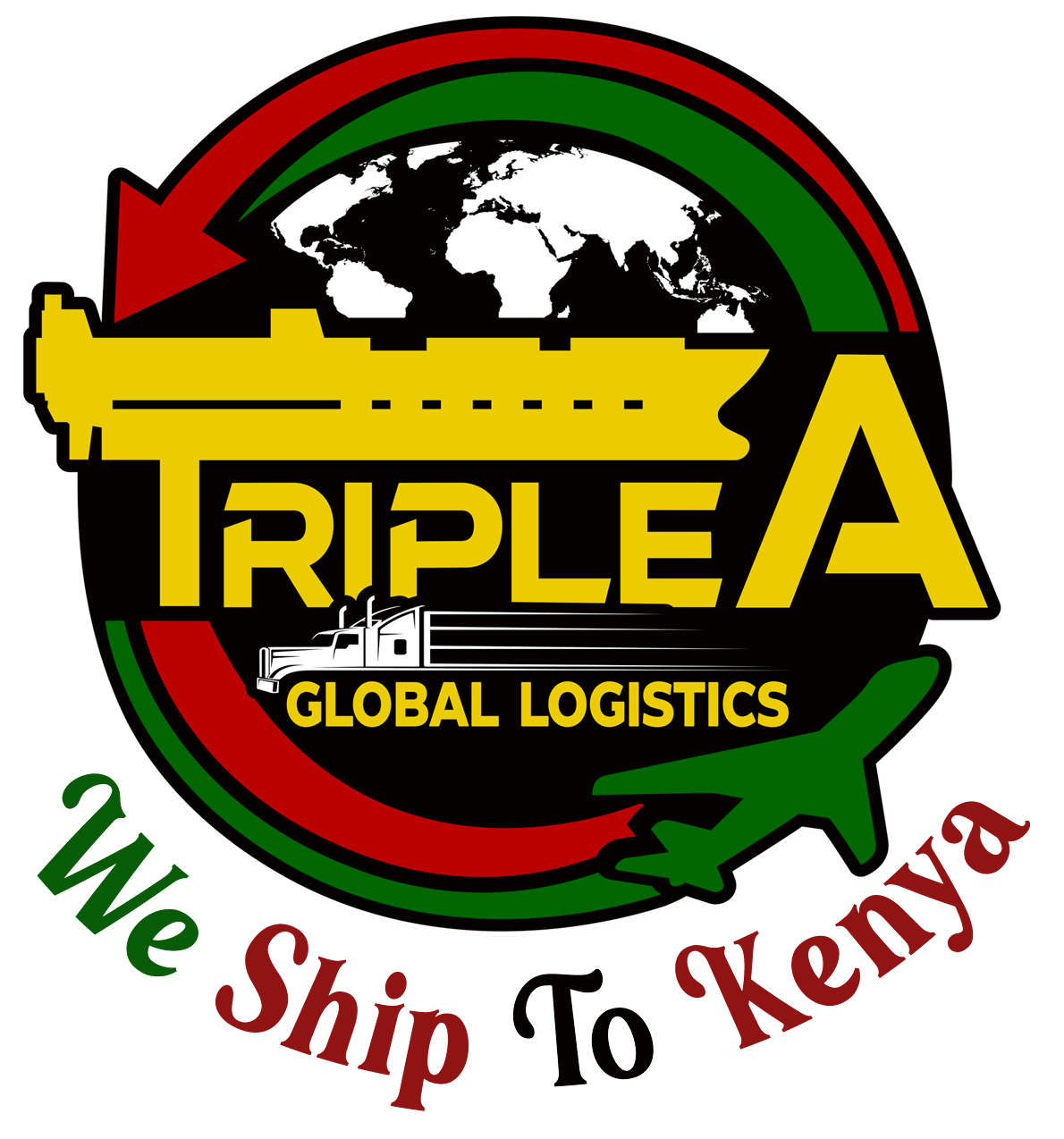Call Us:
+44(0)2039579445
+254 111 81 81 81
Mail Us:
info@tripleafreight.co.uk
Triple A

 Kenya’s logistics sector faces several challenges, including infrastructure deficits, high transportation costs, and bureaucratic inefficiencies. The road network, though improving, still poses significant logistical hurdles.
Kenya’s logistics sector faces several challenges, including infrastructure deficits, high transportation costs, and bureaucratic inefficiencies. The road network, though improving, still poses significant logistical hurdles.
Comments
Thank you for your sharing. I am worried that I lack creative ideas. It is your article that makes me full of hope. Thank you. But, I have a question, can you help me?
I don’t think the title of your article matches the content lol. Just kidding, mainly because I had some doubts after reading the article.
Thanks for sharing. I read many of your blog posts, cool, your blog is very good.